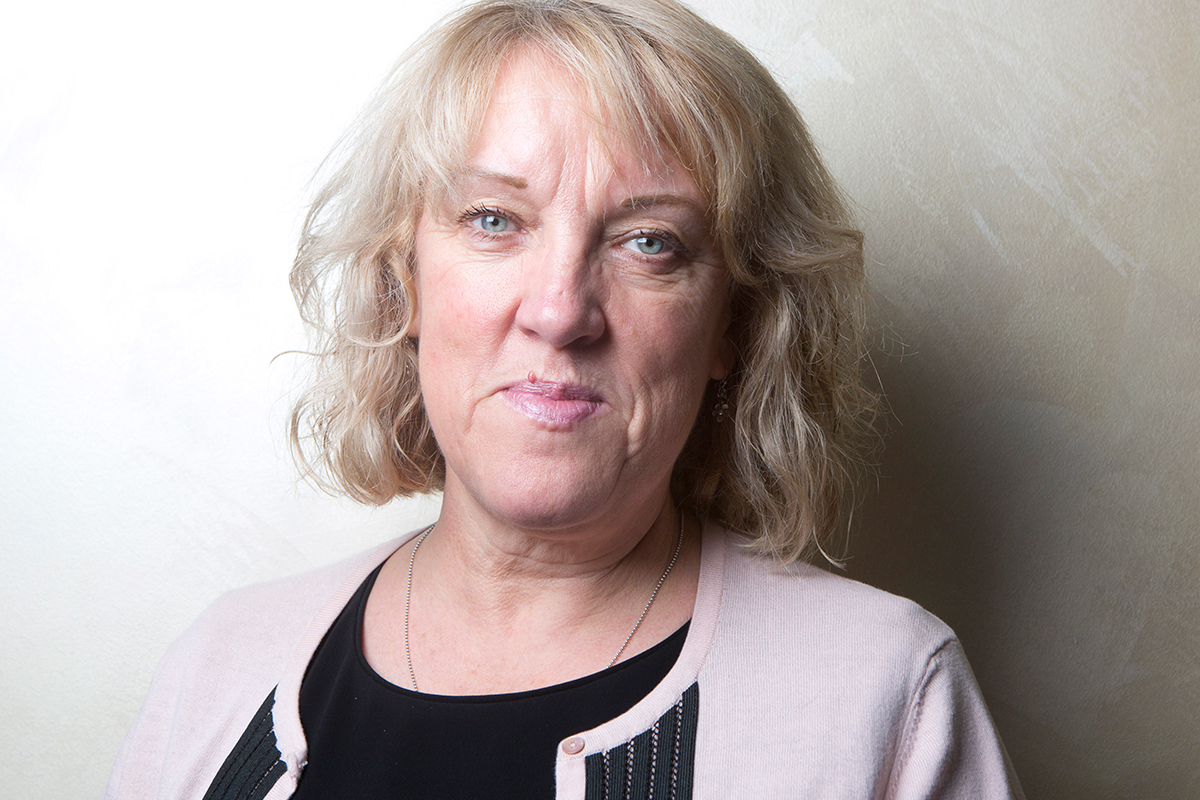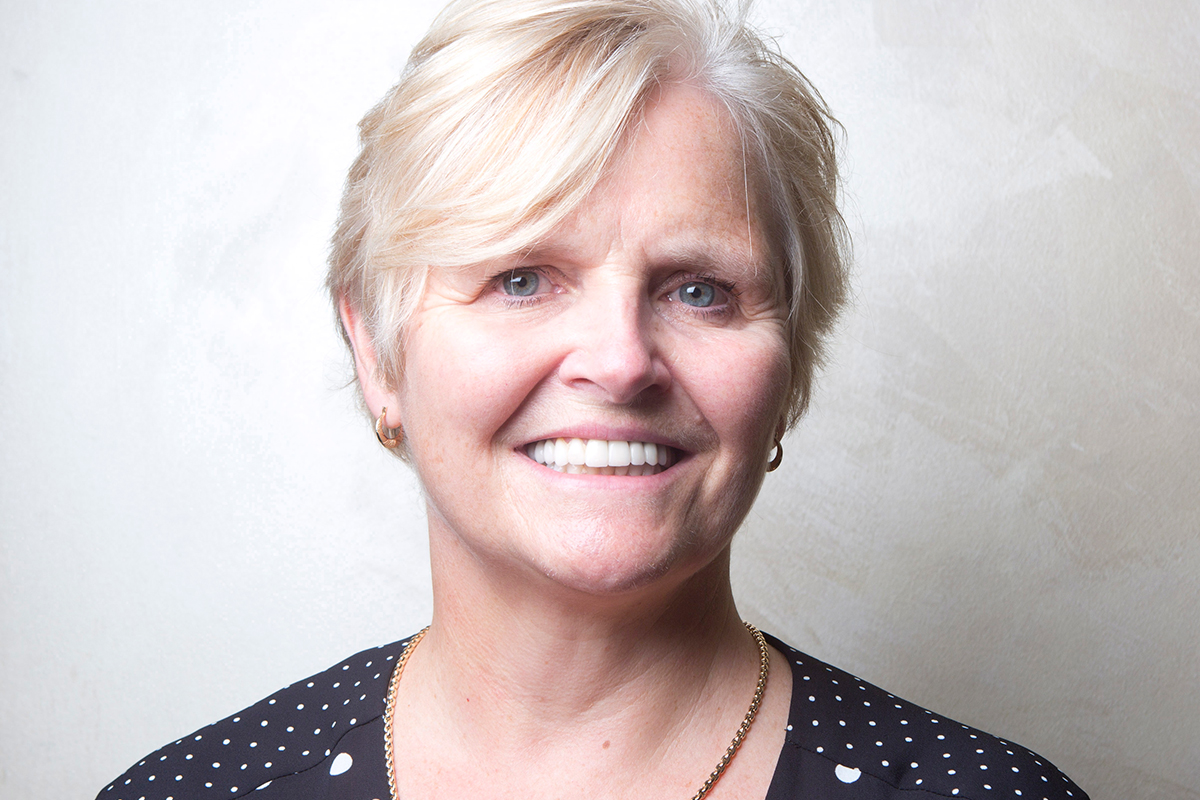You are viewing 1 of your 1 free articles
The challenges for housing association development in 2019
With uncertainty over Brexit continuing and housing need as acute as ever, Jack Simpson hears from leading development professionals about the challenges ahead. Photography by Belinda Lawley and Getty
In her speech to the National Housing Federation last September, prime minister Theresa May urged housing associations to “use the tools” given by the government and build more homes.
Longer-term commitments and new ways of working from the government’s housing delivery body, Homes England, have so far been matched by housing associations’ ambitious development commitments.
The agency’s strategic partners have increased delivery targets two-fold in some cases.
But as the saying goes, talk doesn’t cook rice.
And with Brexit threatening a housing market crash and increased competition from councils emboldened by the scrapping of the Housing Revenue Account (HRA) cap, there are questions over whether these organisations can deliver at the scale promised.
As housing associations’ unprecedented ambitions comes up against overwhelming uncertainty, there is no better time to bring together leading figures from housing associations, councils and Homes England itself to ask about the biggest challenges facing development plans over the next 12 months.
Before Christmas, Inside Housing did just that.
It isn’t long until the subject of Brexit comes up among our panel.
For months, executive teams have been locked away in boardrooms stress-testing their business plans against different Brexit scenarios.
Mark Perry, chief executive at 30,000-home organisation Vivid, says his organisation has run tests on their business plan that account for a 40% market collapse.
“For Vivid, liquidity is our insurance policy,” he says.
“We hold a high level of liquidity. In most situations, cash can get you out of a lot of problems but if you go looking for it when you need it, it’s probably not the right time.”
Tina Barnard, chief executive at Watford Community Housing, agrees that having the right level of liquidity is definitely higher up on housing associations’ priority lists.
“In 2007, liquidity wasn’t important, we had a cosy relationship with lenders and we believed come what may, we are counter-cyclical,” she says.
“Everyone now has treasury management expertise in-house and is talking more about liquidity to ensure it is not just for the next three months.”
“In 2007, liquidity wasn’t important, we had a cosy relationship with lenders and we believed come what may we are counter-cyclical,” Tina Barnard, Watford Community Housing
Hyde, which plans to deliver 1,500 per year across the next five years, has run tests that knock 32% off the value of its stock.
Peter Denton, group finance director at the 50,000-home association, says: “Our analysis shows we would need an additional £300m in working capital just to get through the development programme because liquidity just gets sucked up.”
Hyde currently has approximately £400m of working capital invested in its new homes programme, and has an additional £400m to 500m of available unused liquidity to mitigate a market crash.
Mr Denton says the company has no additional funding needs for several years but he has moved to extend the maturity of some of its existing bank facilities.
Higher levels of liquidity provide protection for organisations whose development plans include a bigger proportion of market sale products.
Savills research shows that the number of homes built by housing associations for market sale had increased by 24% in 2017/18, when compared with 2016/17.
Thirteen Group is an example of an association that has changed its development mix.
Heather Ashton, executive director of resources at Thirteen, explains that, historically, the organisation has developed most of its homes through Section 106 purchases. It now aspires to do more land-led development, including plans to build 900 market sale homes over the next five years.
Ms Ashton says: “Our mitigation actions historically with Section 106 was to just turn it off, but our Homes England partnership means we have to think about that again and we will have to have conversations on that.”
Peter Denton, group finance director, Hyde
Vivid’s mitigation plan is to convert its market sale properties into properties for rent if house prices fall, says Mr Perry. However, there are questions over whether this approach would work, with some around the table querying what type of housing products people will be looking at post-Brexit.
As Adrian Eggington, deputy chief executive at Black Country Housing, points out: “I don’t think that the assumption that [converting to] rent as a safety net is as strong any more, in a world where house prices do fall by that level.”
It is clear that associations will have to think carefully about tenure splits in the next 12 months, and flexibility will be essential.
What does that mean for strategic partners that have made clear commitments to Homes England over house numbers and tenure plans?
Jackie Jacob, general manager for affordable housing programmes at Homes England, says these new partnerships have adaptability built in for small changes but also bigger market fluctuations.
“If there are serious macro-economic situations, we will be having discussions about whether the complexion of a programme needs to change.”
She adds that while partners have contractual obligations, if Brexit does lead to a market crash, bilateral conversations with each partner will need to be had to understand exposures and risks.
Homes England has so far signed 15 strategic partnerships, accounting for more than £1.2bn in grant to start an additional 27,755 affordable homes by March 2022.
The approach has been warmly welcomed by the sector, but there are concerns around what impact Homes England will have on prices and skills.
“My worry is with strategic players, you will get a situation where prices increase and you get a situation where you don’t have mixed-tenure and people look more at sales and shared ownership,” says Ms Barnard.
Heather Ashton, executive director of resources, Thirteen Group
Mr Eggington raises concerns about Homes England’s recent recruitment drive, which has absorbed a lot of capacity from local authorities. He says his association is now finding some key contacts from local authorities who have left to join the agency.
Homes England currently employs around 750 people but plans to double its headcount in the next 18 months.
“There are people that we have built good relationships with at local authority level that are now at Homes England,” explains Mr Eggington.
Ms Jacob says that a potential deficit of skills is a concern but suggests the sector could become more collaborative in how it works.
“If there is a group development director at a big housing association does everyone around them need one, too? Is there a federation approach that could be used?” she asks.
The battle for skills is likely to ratchet up further as local authorities increase their development aspirations, following the scrapping of the HRA cap.
“If there is a group development director at a big housing association does everyone around them need one, too? Is there a federation approach that could be used?” Jackie Jacob, Homes England
The move has already seen councils upscale their development plans over the coming years.
Manchester City Council, for example, announced in December plans to build 3,000 homes over the next 10 years as a direct result of the HRA cap being scrapped.
But does this added competition for things like land and resource worry housing associations?
Mark Baigent, interim director of housing and regeneration at Tower Hamlets Council, says there is a concern that the next 12 months could be more about competition than collaboration.
Mr Perry believes that associations need to see the lifting of the cap not as a threat but instead look at councils as partners.
“We can do lots and lots of things together, and out of that might come something better than we currently do right now.”
Councils such as Croydon and Bristol have set up their own housing companies to build houses, including projects for market sale. For housing associations, this could be more opportunity than threat.
Adrian Eggington, deputy chief executive, Black Country Housing
Ms Barnard, whose organisation has joint ventures with two councils, believes local authorities are a lot more open to partnerships and housing associations are well placed to assist with councils’ building aspirations.
She says: “They initially wanted to create their own housing company and we said, ‘Why do you want one of those when you have us?’. It has been a win-win.”
Rob Lamond, strategic delivery advisor at West Midlands Combined Authority, adds: “The willingness to collaborate is there, it is just the external factors such as the capacity, which has been decimated, and the appetite for risk. It is those external factors that add the pressure.”
According to Mr Eggington, however, the Voluntary Right to Buy deal damaged the relationship between housing associations and town halls.
“Central government is more pro housing associations than it has been for a while, but I think at local level there was a bit of damage done last year as a result of the Voluntary Right to Buy pilot in the Midlands and we need to recognise that.”
Mr Baigent also says there can be challenges when it comes to some local councils dealing with the bigger, less localised housing associations.
“I’ve worked with a few councils outside of London where there [was] a stock transfer 15 years ago and that is now part of one of the big players, and they don’t feel anything like the same level of accountability there once was.”
Mark Baigent, interim director of housing and regeneration, Tower Hamlets Council
He adds that this has driven some councils to wanting to go it alone to maintain a local focus.
Mr Denton says larger housing associations can bring a lot more to councils that smaller, more localised landlords cannot.
“We have 60 boroughs that we work with. Scale has meant we have an infrastructure and capacity that means we can do certain things because of the nature of the entity we are – we need a mixed community of housing associations.”
But it is not only councils that offer new competition to housing associations.
For-profit providers are an ever larger presence in the market, with the number of homes owned growing by 149% in 2017/18, when compared with the previous 12 months.
Ms Jacob said these new entrants have an important role to play.
“What government is really pushing for is for the large housing associations to act more like volume house builders and then the Section 106 can be for others, like for-profit organisations, to pick up.”
Mr Denton says as long as for-profit registered providers or institutional investors are doing the right things by their residents, he doesn’t see their growing influence as a problem.
Tina Barnard, chief executive, Watford Community Housing
He adds that if they spend their capital on Section 106s, it would allow housing associations to use their capital in a more proactive way.
Others are concerned about tenure mix once housing associations become more overtly commercial.
“If you get for-profits doing a lot of Section 106s, you are going to suddenly get affordable being all about shared ownership,” suggests Ms Barnard. “My worry is then where do you house poor people?”
Attendants at the event might have different views of the threats to their plans, but they agree that the next 12 months will put these plans to the test like never before.
While the choppy waters of Brexit could transform the economy, the need for new homes and housing associations’ unprecedented development pipelines remain the same.
Whether these will be met or not is still to be seen. The only thing that is clear is that those who are best prepared and can adapt to the change will be the best placed to meet their commitments.
A guide to strategic partnerships and the deals announced so far
Under strategic partnerships, housing associations agree to increase their development programmes by a specified number of homes in return for extra funding for the government.
Unlike some other government funding programmes, they can use the new funding flexibly across their development programme, determining the tenure of affordable homes closer to completion following negotiations with Homes England.
The following housing associations were confirmed as strategic partners on 30 January 2019:
| Housing association | Grant | No of additional starts to March 2022 |
|---|---|---|
| Bromford | £66.4m | 1,400 |
| Curo and Swan | £51.1m | 1,067 |
| Liverpool Mutual Homes and Torus | £66.4m | 1,757 |
| Longhurst and Nottingham Community Housing Association | £71.7m | 1,685 |
| Together Housing Group | £53m | 1,152 |
| WHG | £38.7m | 1,000 |
| Yorkshire Housing | £61.8m | 1,300 |
| Your Housing Group | £87.5m | 2,315 |
Homes England announced the following partnerships in October 2018:
| Housing association | Grant | No of additional starts to 31 March 2022 |
|---|---|---|
| Guinness/Stonewater | £224m | 4,500 |
| Optivo | £44.9m | 1,000 |
| Orbit | £128.8m | 2,762 |
| Platform Housing Group | £71.8m | 1,800 |
| Southern Housing Group | £55.1m | 1,005 |
| Thirteen | £40m | 1,000 |
| Vivid | £88.2m | 1,408 |
Table published by Homes England on 31 October 2018
Homes England also earlier this year confirmed the following partnerships:
| Housing association | Grant | No of additional affordable starts to 31 March 2022 |
|---|---|---|
| EMH Group | £30.5m | 748 |
| Great Places | £29.2m | 750 |
| Home Group | £85m | 2,300 |
| Hyde | £95.4m | 1,623 |
| L&Q | £85m | 1,724 |
| Matrix Partnership | £77m | 2,257 |
| Places for People | £74m | 2,603 |
| Sovereign/Liverty | £111.5m | 2,275 |
Table published by Homes England on 3 July 2018



















